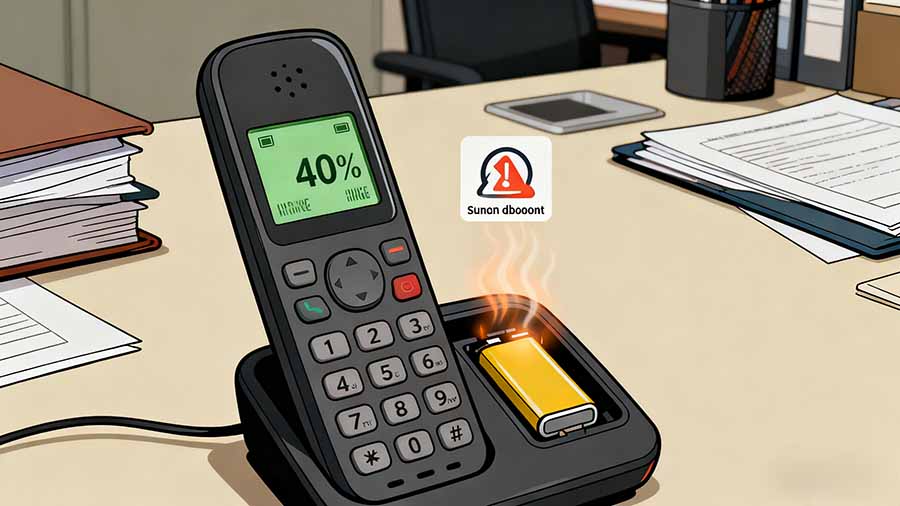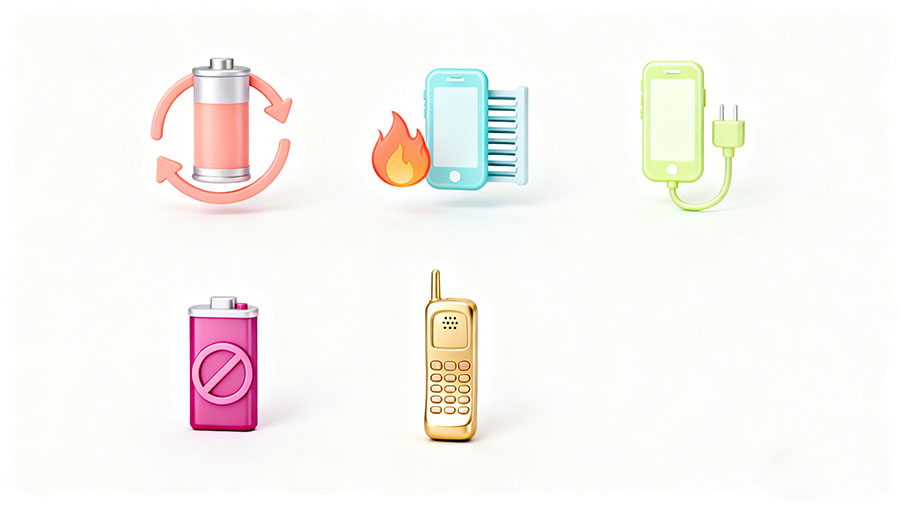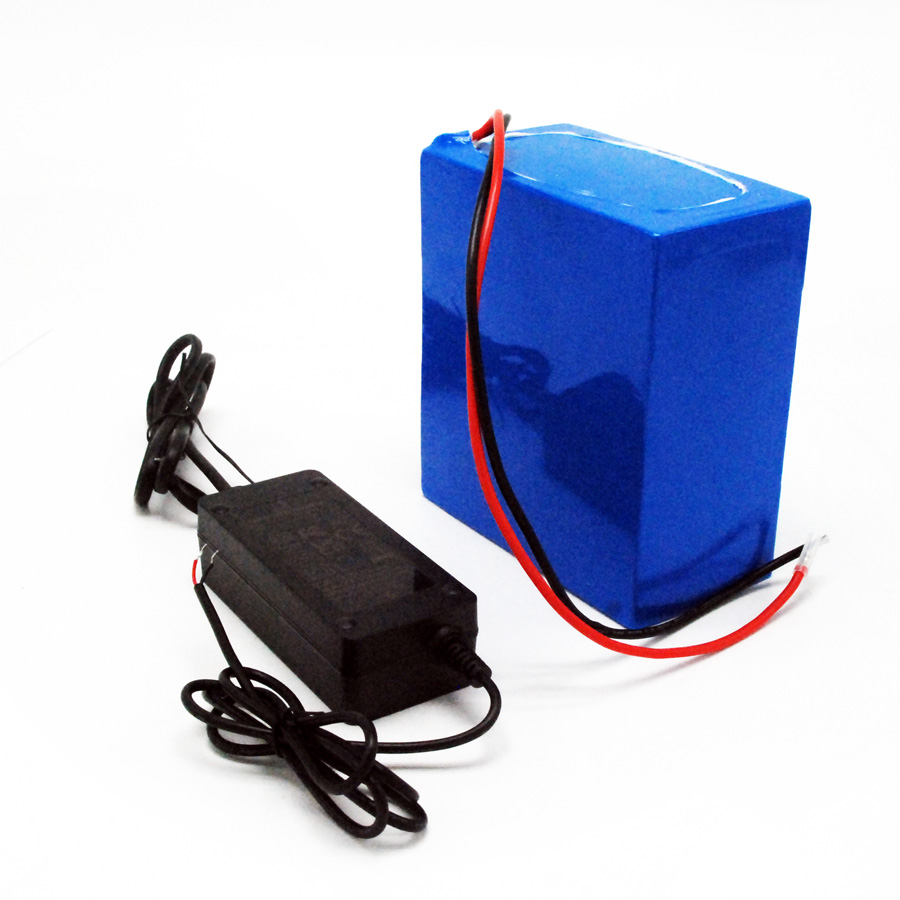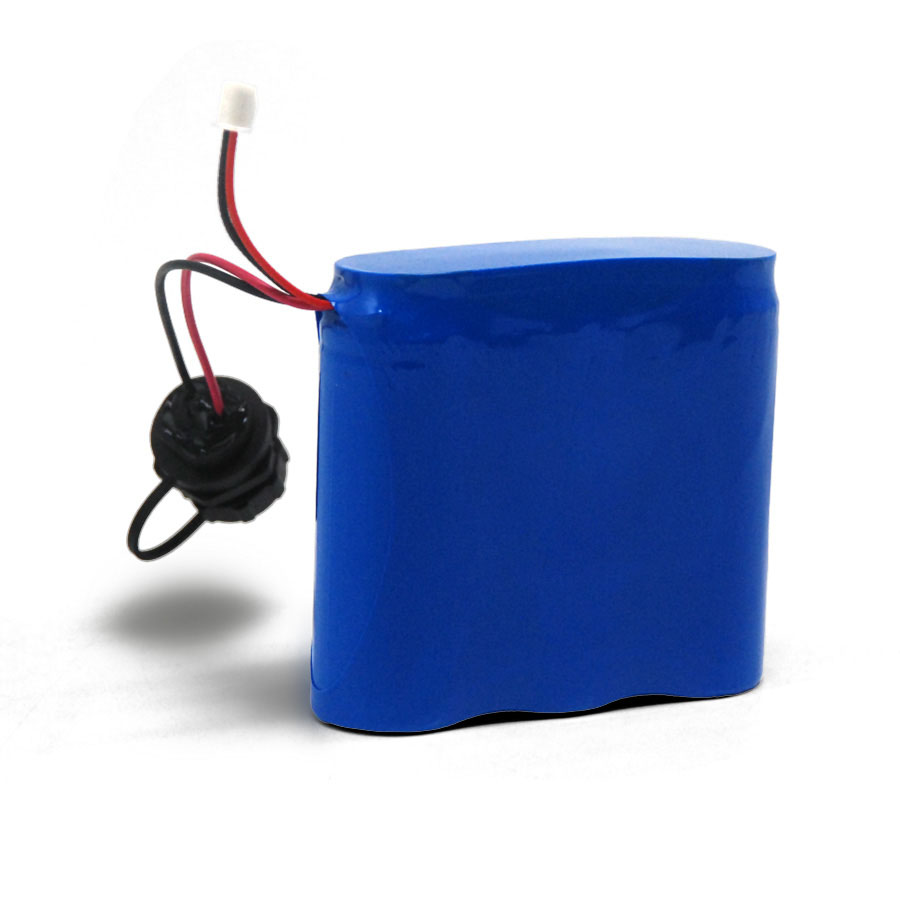In many organizations, cordless phone systems play a vital role in daily operations. Employees rely on these devices to connect with customers, coordinate internally, and handle emergencies. When a cordless phone battery loses power suddenly, it causes service disruptions, missed calls, and workflow delays. A failing battery can compromise efficiency and affect the customer experience.
Many enterprises overlook battery management because cordless handsets appear simple and low-maintenance. However, the rechargeable phone battery, business handset power pack, and long-life cordless handset battery are critical components that determine how consistently communication flows. Without a proper replacement strategy, even high-quality phone systems become unreliable.
Common Signs Your Cordless Phone Batteries Are Wearing Out

Most batteries fail gradually rather than instantly. Understanding the early warning signs helps businesses prevent surprise outages. Here are the most common indicators that a wireless handset battery is nearing the end of its life:
- The handset shuts off suddenly even when the screen shows partial charge.
- The phone heats up or becomes warm during normal use.
- The device takes longer than usual to charge fully.
- Talk time decreases to less than half of the original duration.
- The handset must stay on the charger to work reliably.
These symptoms mean the enterprise cordless phone power cell is losing capacity. If multiple handsets show similar issues, it is time to implement a structured replacement plan.
Understanding the Factors That Reduce Battery Lifespan
Several factors shorten the lifespan of cordless phone battery packs. Knowing these influences helps enterprises create better maintenance routines.

Rechargeable batteries have a limited number of full charge cycles. Heavy users hit this limit faster, especially in call centers and customer support departments.
Heat accelerates chemical aging. Phones stored near windows, heat vents, or routers degrade more quickly.
Many employees leave handsets in chargers continuously. While convenient, this can reduce battery health over time.
4. Incompatible Replacement Batteries
Using non-standard or low-quality replacements often leads to shorter service life and unstable performance.
Older models may use outdated battery chemistry or power systems, making it harder to achieve long-lasting performance.
Understanding these factors helps businesses take proactive steps before issues escalate.
The Importance of Implementing a Battery Replacement Strategy
A structured replacement strategy for cordless handset batteries helps prevent downtime and improves employee productivity. Here’s how a thoughtful approach benefits enterprise environments:
Reduced Communication Interruptions
Stable power means clearer, uninterrupted conversations. Teams can trust their devices throughout the workday.
Replacing batteries at scheduled intervals minimizes emergency replacements and reduces equipment failures.
Call centers, hospitals, hotels, and logistics companies rely on reliable communication. Better battery management results in faster response time and fewer dropped calls.
Good batteries reduce the strain on internal components, making handsets last longer.
Predictable Maintenance Cycles
With a planned schedule, IT teams can forecast replacement needs and avoid last-minute procurement.
How to Build an Effective Battery Replacement Plan
A successful strategy requires more than simply ordering new batteries. Here’s how enterprises can build a reliable plan that ensures consistent performance from every cordless phone battery.

6. Determine the Average Lifespan of Existing Batteries
Most long-life cordless phone batteries last 1–2 years depending on usage. IT teams should monitor performance data to estimate when replacements will be necessary.
7. Group Handsets Into Replacement Cycles
Instead of replacing batteries randomly, group devices into cycles. For example:
- Replace 30% of batteries every six months
- Replace high-usage department batteries annually
- Replace low-usage areas every 18 months
Structured cycles prevent sudden widespread failures.
8. Track Battery Health and Usage Patterns
Use a simple tracking log or asset management software. Include:
- Serial number
- Installation date
- Reported issues
- Usage environment
This helps identify which teams consume more battery life.
9. Choose Compatible, High-Quality Batteries
Always choose batteries specifically designed for your phone model. Look for:
- Exact voltage
- Proper connector type
- Certified safety standards
- Overcharge protection
Using high-quality replacement cordless handset batteries significantly increases reliability.
10. Train Employees on Proper Usage
Simple training helps extend battery life:
- Avoid leaving phones on chargers 24/7
- Store phones in cool, dry places
- Fully charge before long calls
- Report performance issues early
Correct habits reduce unnecessary replacements.
11. Maintain a Backup Stock of Critical Batteries
Keep a small inventory of freshly manufactured batteries. This ensures urgent issues can be resolved immediately, especially in call-heavy environments like:
- Customer service centers
- Healthcare facilities
- Hotel front desks
- Manufacturing plants
Preventive Measures to Avoid Communication Interruptions
By combining proper planning, high-quality components, and best-practice usage habits, enterprises can eliminate most unexpected communication failures. Key steps include:

- Monitor battery performance regularly.
- Replace batteries before the end of their lifespan.
- Use only compatible, high-grade replacements.
- Train employees on proper charging practices.
- Keep an emergency reserve inventory.
These simple steps help prevent dropped calls, sudden shutdowns, and workflow disruption.
HiMAX Cordless Phone Battery Recommendation
If your enterprise needs a dependable battery solution, HiMAX offers high-quality cordless phone battery products designed for long-lasting performance. HiMAX provides reliable capacity, strong durability, and stable output to keep your communication system running without interruptions. Our batteries use advanced chemistry and robust safety features, making them a perfect choice for high-demand business environments.










